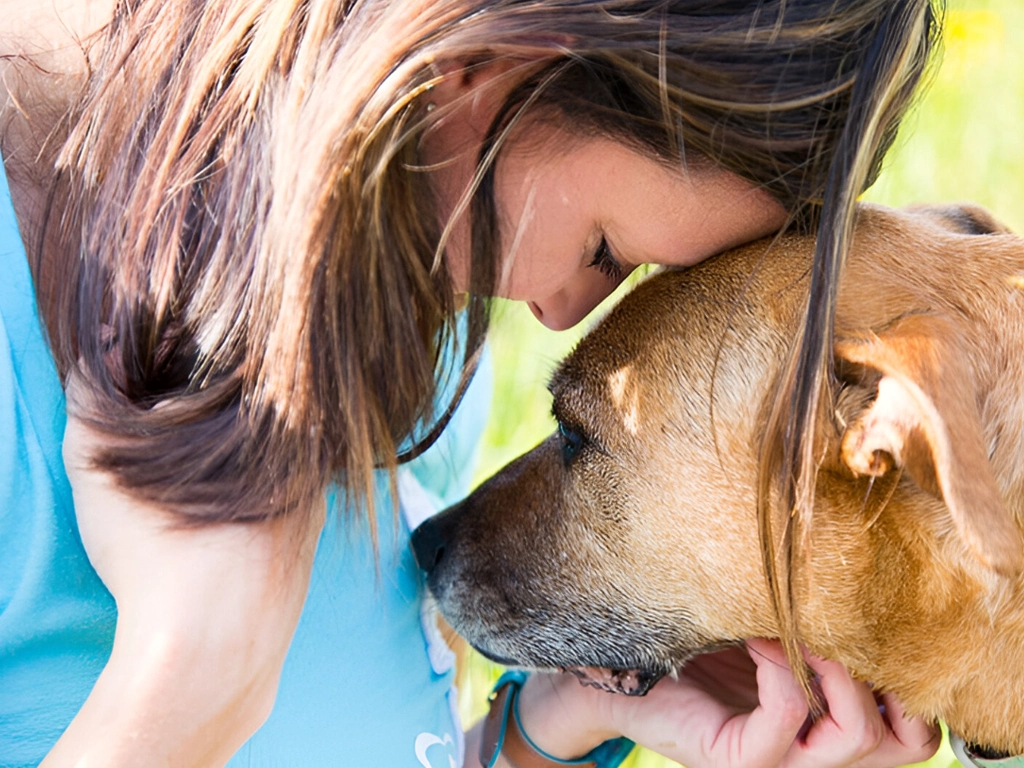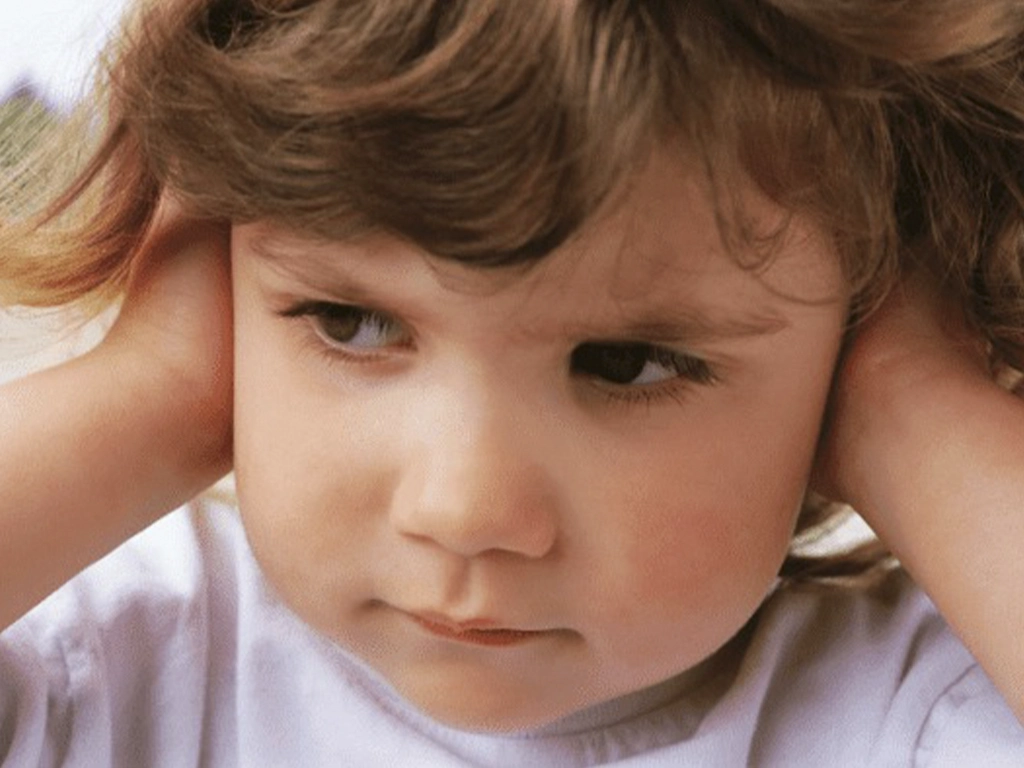The death of a pet is difficult for anyone. It’s heartbreaking and can feel impossible to overcome, as a pet is often more than just a four-legged companion. Many people see pets as comfort and security. Because pets are non-judgmental, they are the perfect friend who is always available. They accept us, love us, and stand by us no matter what.
It’s no surprise then that coping with the death of a pet takes time and effort. This is even more the case for someone on the autism spectrum. The bond between pets and people is more profound for individuals on the autism spectrum, who may find consolation, understanding, and emotional connection in the presence of their pets.
For children and people with autism, it is never easy to overcome the death of a pet because pets play such a significant role in their lives. Grief and loss require emotional tools that sometimes autistic people lack. They have to cope with the loss of a friend, which takes time and effort. Pets often serve as sources of comfort, care, and routine in their lives. They provide stability and a sense of safety against the unpredictability of our world. The loss of this constant companion can disrupt established routines and cause immense emotional distress.
Sadly, the death of a pet is almost inevitable in a household with children on the autism spectrum. Here is a guide on how parents and caregivers can make the process easier, gentler, and smoother.
The Death of a Pet: How Does an Autistic Person Experience it?
It doesn’t matter if the pet was sick or if the death was a sudden event. An autistic child or person will be flooded with emotions, which include sadness, confusion, anxiety, and even sensory overload.
Sometimes, autistic people struggle to express their feelings verbally or understand the abstract concept of death. They feel isolated and frustrated because they understand that they have lost their best friend and yet can’t express how they feel. Death is one of the most overbearing events even for the most well-prepared autistic adults; it’s an overwhelming moment for autistic people who might not understand the actual concept of death. Where did their dog go? Will they not see their cat again? Why?
People on the autism spectrum will process the death of a pet in their own time and with their own emotional tools. We should remember that autistic children and people in general are resilient and have their own coping mechanisms. While they may experience grief differently, they can form deep emotional connections and find ways to handle the mourning process. They just require a more specialized approach that focuses on their needs and ability to grasp loss.
A Helpful Guide on Pet Loss
Acknowledge their feelings
Start by acknowledging the person’s emotions and validate their grief. Let them know that it’s okay to feel sad, angry, or confused about the loss of their pet. Use clear and straightforward language to communicate your support and empathy. Use simple words like ‘death’ and ‘died’ because ‘passed away’ and euphemisms like ‘crossed the rainbow bridge’ are words that autistic people won’t grasp easily.
You don’t want to minimize the extent of their grief; to a person on the autism spectrum, their dog might have been the whole world. The loss of the pet can really feel like the end of the world.
Provide information
Depending on the individual’s level of understanding, provide age-appropriate information about death and the concept of loss. Use concrete examples, social stories from the local community, and visual aids if necessary to help them grasp the situation. Adolescent children might understand better the concept of death. Younger children could find it baffling. Adapt the information you provide to the age and emotional capability of the child.
Create a safe space
Children on the autism spectrum will feel vulnerable and unsure. Provide them with a safe and comfortable environment where they can express their emotions freely. This might involve setting up a quiet corner or designated area where they can retreat when they need time alone to process their feelings. Be there for them and show them your support and love.
Maintain routines
Stick to established routines as much as possible to provide stability in mental health and predictability during this period of upheaval. Children on the autism spectrum take strength from familiar activities and schedules. These make them feel secure and grounded against the changes happening around them.
Encourage expression
Encourage the child to express their feelings through various means, such as talking, writing, drawing, or other sensory activities like listening to music or spending time outdoors. Offer them different outlets for expression and let them choose what feels most comfortable for them. This will make them feel in control of the grieving process and give them the strength to process it on their own terms.
Offer reassurance
Provide reassurance, unconditional love, and comfort with words of support, physical affection (if appropriate and welcomed), and acts of kindness. Let them know that you’re there for them and that they’re not alone in their grief.
Share memories
Encourage the child to remember their pet and share fond memories. Think of storytelling, looking at photos or videos, or creating a memorial or scrapbook together. Celebrate the life of your pet to help your child focus on the positive aspects of their relationship and find comfort in cherished memories.
Keep a memento that belonged to the pet
Keep a collar, a favorite blanket, or a toy. It will help anchor the grief and a memento to reach out for when emotions are overwhelming.
Create a special place
If you have space in your yard or at home, create a special place dedicated to the pet, as a memorial. Mark it with a stone, favorite flower, candle, or something meaningful. It’s then easier for an autistic person to visit their special place whenever they feel sad or miss their pet.
Be patient
The grieving process takes time and varies from person to person. Autistic children and adults will require extra time and support, as they handle their emotions and discover their own coping mechanisms. Avoid rushing them or imposing unrealistic expectations for “moving on” from their loss.
Seek professional support if needed
If the child or individual is struggling to cope with their grief or experiencing severe emotional distress, consider seeking support from a therapist or counselor who has experience working with autistic individuals. Professional guidance and intervention can provide additional resources and strategies for managing grief effectively.
Continue to offer support
Grief ebbs and flows; the grieving process doesn’t end abruptly. An autistic individual may need support and understanding for days, weeks, and months. Sometimes days will pass when the child seems to cope and then she might fall apart thinking of her pet. Check-in regularly, listen actively, and offer ongoing support as they discover their grief and eventually overcome it.
The Death of a Pet for an Autistic Person
A child, adolescent, or adult on the autism spectrum will find it hard to grasp the death of a pet because the emotions are so overbearing.
Our guide is here to provide a starting point on how to help a loved one with the death of a pet. Such an event might seem very difficult but it’s also an opportunity for autistic children to discover their emotions and learn how to handle them. It could be a step toward better control of their emotions where they discover their own coping tools and mechanisms.
Autism ABA Therapy is licensed by commercial insurance throughout the state of Florida and Texas. We are dedicated to providing the best ABA therapy for autism disorders in Florida and Texas. Contact us and help your child with autism acquire crucial daily living skills!




